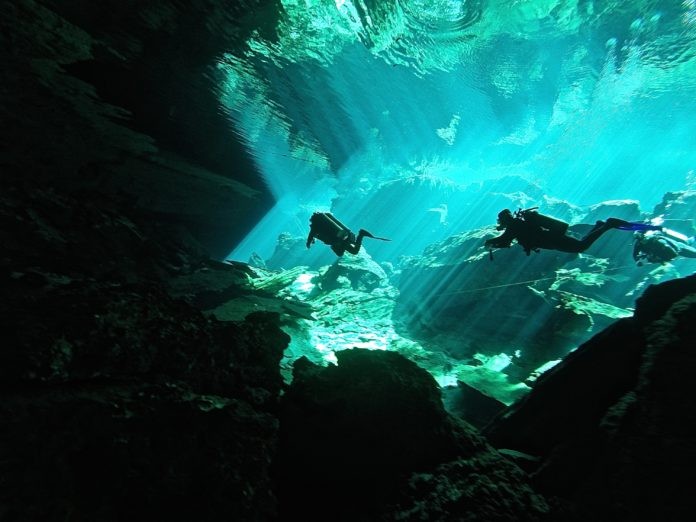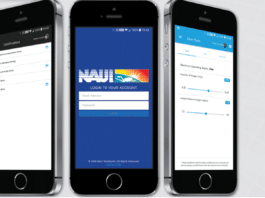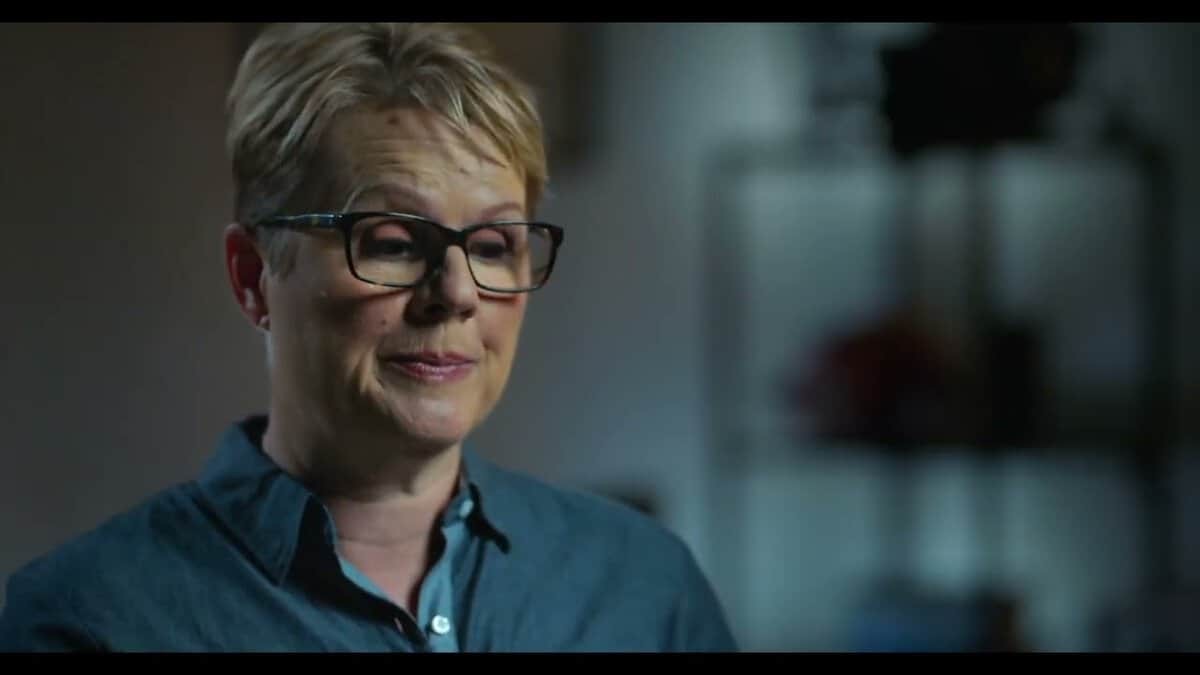Mexico’s Yuctan Peninsular has attracted the jet-set for decades. They come in their thousands to escape the humdrum of home and indulge in the perfect mix of white sand beaches, the finest of Mexico’s scrumptious cuisine, and cocktails that go down all too easily. Go figure.
However, for divers there’s the added appeal of world-class dive sites. From Cancun’s underwater museum in the region’s north, to the great sinkholes – or cenotes – around Tulum in the south, the diving here is as varied as it mind-blowing.
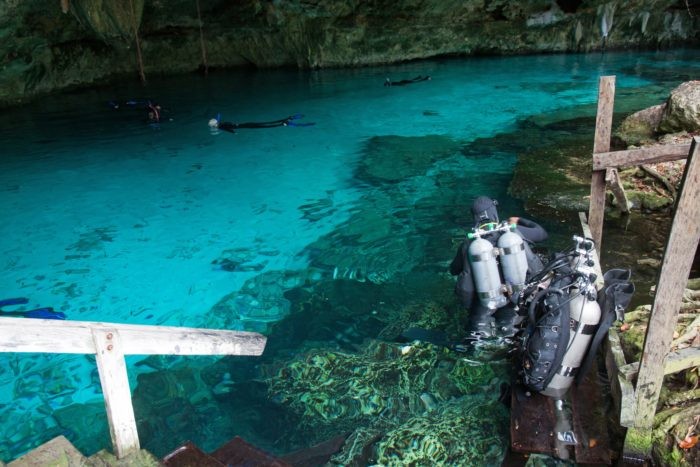
Smack bang in the middle of these two lays the tourist hub of Playa del Carmen, perfectly suited to exploring the diving across the whole of Mexico’s Mayan Riviera. Within close proximity to some 10,000 or so cenotes, cave and cavern diving is big business here.
Just 20 minutes from the outskirts of town is the cenote complex known locally by its Mayan name, Chac-Mool. It’s one of about 30 cenotes popular with divers wanting to get their fix of cavern diving, though there are hundreds more open to cave and tech specialists.
One of the biggest dive operators in the region is PADI 5 Star IDC resort Mexico Blue Dream (MBD) which has been operating daily tours to the cenotes since the business was opened 7 years ago by French-Americans Patrice and Laure Cheurlin.
The agenda today revolves around two of the Chac-Mool’s most commonly accessible points: Kukulkan and the more easily pronounceable, Little Brother. MBD instructor, Maurizio, who has been diving the cenotes for more than 10 years, plans to show us these two sections in two separate dives.
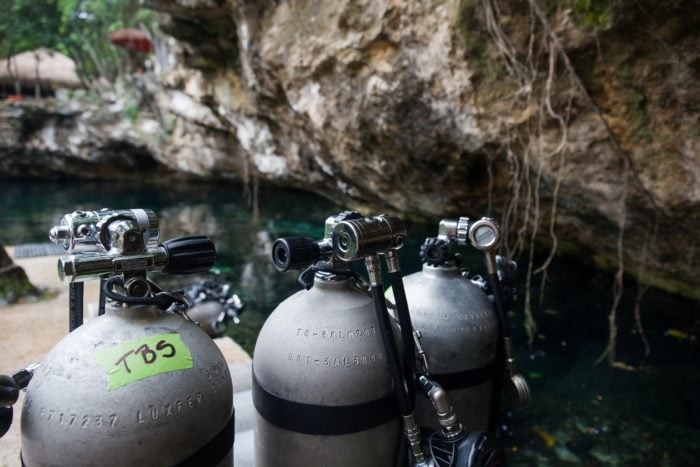
With a maximum depth of just 14m and always within sight of the natural light which filters through the entrance to illuminate much of the rope-marked route, diving in both Kukulkan and Little Brother is about as easy as cavern diving gets. But don’t mistake ease for uninteresting.
Quite simply, these are some of the most spectacular dive sites I’ve ever had the pleasure of experiencing – thanks to the natural beauty of the cenotes’ unique geological formations.
I assure you, no words or pictures can do justice to the vast, cathedral-like caverns adorned with stalactite chandeliers that hang obtrusively from the ceiling.
Going deeper into the cavern unveils a series of chambers, each featuring stalagmites that protrude from below to create a limestone maze, and a sequence of shallow caves where pockets of air are trapped.
It’s unbelievably striking – perhaps more so than any other underwater environment I’ve ever seen. This is a setting that’s all pantomime and drama; a location that boggles the mind because its closest comparison would be the set of a sci-fi movie.
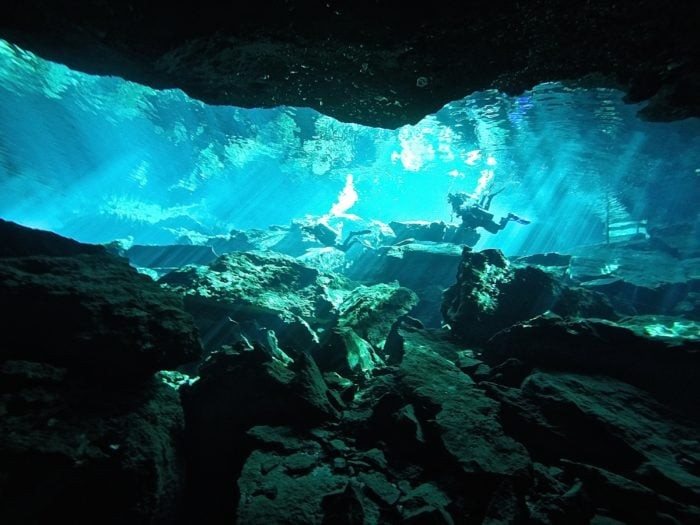
A lack of current in the brackish water and an eerie silence adds to the experience – as does the odd denote molly or shrimp swims that casually past, almost in slow-motion.
The only other life here are cichlids and catfish – neither of which seem perturbed by the presence of us divers – but, as you’ve probably guessed by now, that isn’t what these dives are about.
The visibility is unrivaled – expect nothing less than 100m, even 150m in places, or in more literal terms, as far as your torch will go. However, descending to the deepest point of our profile, the visibility suddenly diminishes to less than a few feet; everything is blurred to the point that reading instruments or my computer, even pressed against my mask, becomes virtually impossible such is the density of the halocline.
This gassy layer of water, where fresh water meets salt, is a natural phenomenon that gives off an utterly sublime experience. However, the dive’s highlight comes on the ascent where wide openings, beaming with sunlight from above, create an aquarium filled with the sun’s rays shining through in spotlights. It’s magical, mystical and magnificent.
The next day we’re out on the ocean with the first of our two-tank dive offering the opportunity to explore the Mama Vina – a shrimping boat intentionally sank in the mid-90s which now lies slightly on its side in about 30m of water.
Entering the water a 100m or so to the south of the wreck, our drift takes us directly to the site but thanks to the 30m+ visibility, common throughout the dry season, we see the Mama Vina whilst still in mid-water. Coming out of the blue, it’s as if she’s sailing towards us rather than the other way round.
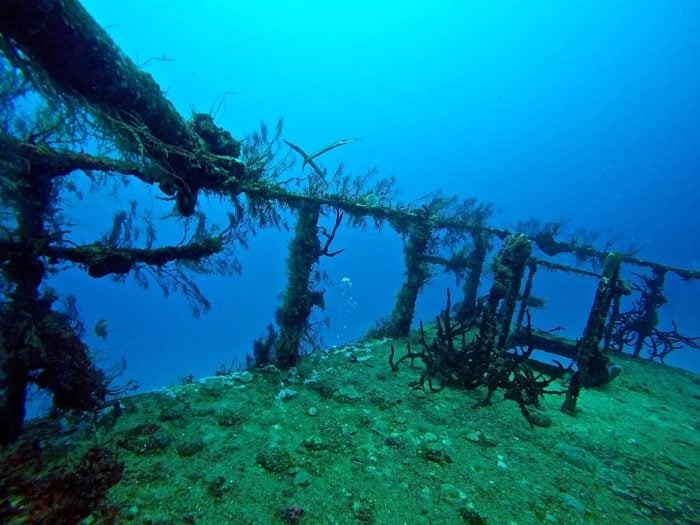
Approaching along the stern, our dive guide Al, a former US marine, times it perfectly so we’re able to grab onto an appropriate bit of railing and head into the lower cabin. A large moray eel, poking out of one of the ship’s cubbyholes, greets us with its toothy mouth typically agape before we move to the upper deck and then up towards the satellite mast and crows nest. The most unique part of the dive, we hold onto a purposefully tied rope to hang in the current and watch a large school of spadefish being stalked by a pair of barracuda before drifting back to the surface to await the boat.
There’s a buzz on board, not least because the Mama Vina has delighted everyone in the group but also because of the prospect of the day’s second dive.
It’s one that isn’t for everyone but an estimated 20,000 divers make the trip to Playa del Carmen specially each year for one reason – the waters off the coast here are one of the only places in the world where it’s possible to dive with bull sharks, un-caged.
The sharks come reliably each year from November to March when males arrive from cooler waters in the north to mate with the females who travel to their pupping grounds.
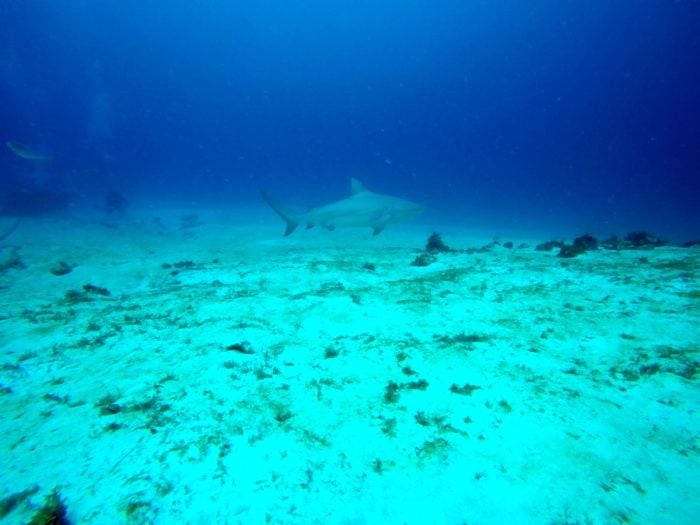
It’s big business in Playa and whilst some operators will feed the sharks, MBD opts for a more natural observation; if the sharks don’t show, there’s no show, so to speak. Luckily for us they almost always do.
The approach to Shark Point is made from up current so we make our descent whilst drifting. Al, a self-taught shark expert, explains in our briefing that the first sharks we’ll likely see will be juvenile males acting as scouts.
He’s right; before we reach the sandy bottom 24m down, a pair of 2m + sharks come out of the blue. However, after just a few moments of waiting behind our rope mark in the sand, three large pregnant female appear, circling us in figure eights. One of them, known as Big Mamma, is the alpha of the group.
At almost 3.5m long, and seemingly almost as wide, she’s a magnificent example of the very top of the food chain. She’s clearly boss in these waters and her dominant swim, sometimes less than 4 or 5 feet from the group, is a reminder that we’re guests in her world.
Skilfully, Al kicks up sand and pumps a half emptied cola bottle to mimic the heartbeat of a fish in distress. It brings the sharks in closer, and closer still, so that every moment of our 25 minute bottom time is action packed. The thrills continue on our ascent and at our safety stop where Big Mamma reappears and begins to circle. With the group suspended in 5m of water, Al signals for us to huddle together and make our collective shape bigger – a tactic that he rarely has to employ. It’s an astute one nonetheless because the adrenalin being pumped during these 15 seconds rivalled that from any other shark dive I’ve been on – and that’s coming from someone who has dived with some 25 odd species – including great whites and hammerheads.
With Big Mamma coming in closer to eyeball us once more, this magnificent creature disappears back into the blue as quickly as she had appeared to leave us with an enduring image: one of the ocean’s apex predators, just meters away, in all her glory.
It’s little wonder then that so many of family-owned Mexico Blue Dream’s clients are repeat customers – coming for their yearly fix of sharks, wrecks, caverns, and healthy, if somewhat over-dived, reefs that are all within easy reach of Playa del Carmen.
Talking to a couple in our group who are on their seventh trip to the region, it’s easier to understand their sentiment. The Mexican Riviera offers some of the most diverse diving anywhere in the world and, at least in terms of a sheer assortment of dive sites, there are not many other places that can rival it.
What You Need to Know
How to Get There
Direct international flights from around the globe usually land in Cancun, just north of Playa del Carmen though some go via Mexico City or even the US. Ever more also come in to the island of Cozumel – another tourist hotspot – that can also be accessed via ferry from Playa del Carmen; it’s another consideration for those wanted to see more of the Mexican Riviera.
Most charters offer transfers from Cancun to Playa del Carmen, otherwise DIY options include local and tourist-specific buses, as well as taxis that can be taken straight from the airport.
When to Go
Bull shark season runs from November to March when males and females meet to mate. However, if this time of year doesn’t work for your timing, Mexico Blue Dream also offers the opportunity to see whale sharks at nearby Isla Holbox from May to September.
Cooler climes from October to November make low season an ideal time to visit the Yuctan Peninsular. Accommodations and flights can be cheaper then too.
Currency
The Mexican Paso is the official currency but at tourist hotspots like Playa del Carmen, US dollars go a long way too.
Where to Eat
Playa del Carmen has some of the finest cuisine in Mexico, with many hotels and restaurants attracting some of the world’s top chefs. However, for a change in scene, join the locals at El Fogon. Though once a popular spot for local taxi drivers grabbing a bite between shifts, this restaurant is now firmly on the tourist trail. If queuing for a table isn’t quite your thing, local chain, Don Sirloin is right up there too.
Where to Dive
Originally from France, Patrice and Laure Cheurlin moved to Playa del Carmen and opened Mexico Blue Dream in 2008 before getting married (underwater of course) a few years later.
Starting with equipment for just 15 divers, their dive shop has since grown into 5* PADI IDC-rated facility and one of the Mayan Riviera’s premier operators. The shop is now run by Patrice and Laure’s son, Romain, who heads up a friendly, multi-lingual team that has a clear passion for all things diving.
Mexico Blue Dream’s equipment is first-rate, as are guide briefings and the company’s knowledge of the local area. No wonder so many of MBD’s customers are divers who keep coming back year after year.
For more information and prices, visit www.mexicobluedream.com
